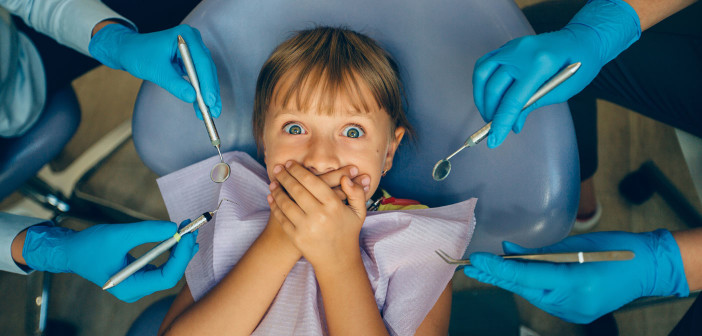In the minds of patients, dental procedures and pain are often synonymous. Anxiety and apprehension are typically present during dental visits, and especially magnified in pediatric patients. Certain procedures evoke a feeling of dread; for example, the proverbial “root canal” and the removal of wisdom teeth.
Fear associated with dentistry persists despite the decreasing incidents of dental diseases and continuous improvements in control of pain and anxiety. That fear has been transferred through generations and is shown to be a major barrier to seeking oral health care, resulting in avoidance of dental visits based on fear and anxiety. Emergency dental visits cost the U.S. health care system $1.6 billion and result in 164 million hours of lost productivity annually.
In the past 20 years, the development of pharmacological agents with rapid onset, shorter duration of action and superior recovery profiles have aided in explosive growth of ambulatory (outpatient) oral surgery. The most popular approaches to pain management are sedation, local anesthesia, conscious sedation, intravenous sedation and general anesthesia.
Conscious sedation in the dentist’s office is achieved with nitrous oxide gas inhalation, and pre-sedation drugs such as Valium. Recent improvements in local anesthetics allow patients to experience profound anesthesia; examples include Articiane, which when dispensed with Levonordefrin, substantially reduces risk of cardiac complications. Potent topical agents such as Tetracaine have been well received for use in periodontal treatment and routine cleanings.
Conscious sedation can include pre-sedation and an oral medication such as Triazolam. The drugs used in conscious sedation also cause anterograde amnesia (inability to recall the event). Both adults and children require a responsible escort and supervision following this type of sedation. Deep sedation is achieved by intravenous administration – a good example would be Midazolam (also called Versed), which has a rapid onset and causes few cardiovascular or respiratory effects.
General anesthesia procedures include the TRIAD of unconsciousness, analgesia and skeletal muscle relaxation. This must be performed by specially trained personnel certified to administer anesthesia. Some drugs in use are Ketamine and Propofol. The success of the treatment also depends on whether the facility is equipped with the means to combat adverse effects, should they occur.
Pediatric dental patients are first introduced to the Tell-Show-Do behavior management technique during the exam or procedure, combined with positive reinforcement. If a child cannot overcome fear, then light anxiolysis (medication to inhibit anxiety) is initiated. If the phobia still exits, then conscious sedation and general anesthesia are sought if care has to be immediate.
Developmentally disabled patients have greatly benefited from general anesthesia. Those with cerebral palsy, cystic fibrosis, muscular dystrophy and spinal cord injuries are being treated routinely in dentistry. Treating the physically and mentally impaired populations is rewarding. It is phenomenal that an entire class of people who had not previously received routine care can now do so.
The development of many pharmacological agents with rapid onset, shorter duration of action and superior recovery profiles have aided in explosive growth of ambulatory oral surgery.














